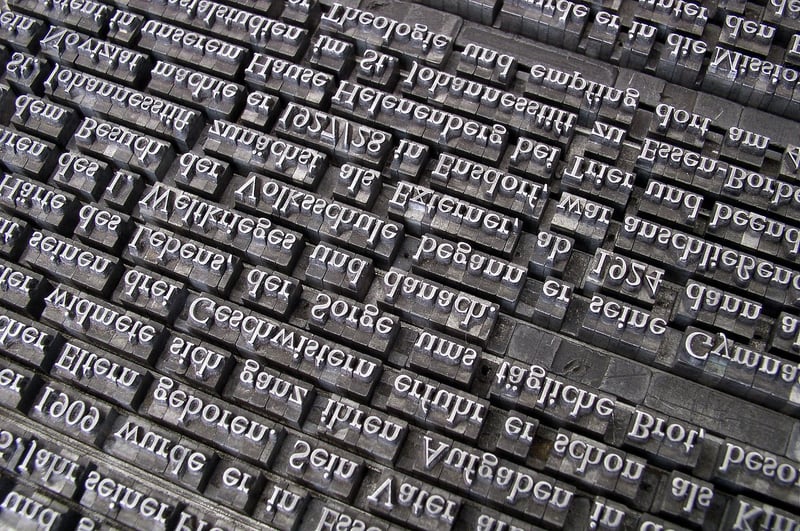Language Translator
Master Time Jumps with These Expert Tips

Time jumps can be a tricky concept to master in writing. Whether you're working on a novel, screenplay, or any other form of storytelling, effectively handling time jumps can significantly enhance your narrative. Here are some expert tips to help you navigate through time jumps seamlessly:
1. Establish Clear Transitions
When transitioning between different time periods, make sure to provide clear signals to the reader or viewer. This can be done through the use of timestamps, chapter breaks, or visual cues in the case of films or TV shows.
2. Maintain Consistency
Consistency is key when incorporating time jumps. Keep track of the timeline to ensure that events align logically. Any inconsistencies can confuse your audience and detract from the overall story.
3. Develop Characters Across Time
Use time jumps as an opportunity to delve deeper into your characters' development. Show how their experiences in the past have shaped who they are in the present. This adds depth and complexity to your storytelling.
4. Use Flashbacks Wisely
Flashbacks are a common technique for incorporating time jumps. However, use them judiciously to avoid disrupting the flow of your narrative. Ensure that each flashback serves a purpose and contributes to the overall story.
5. Consider the Emotional Impact
Time jumps can evoke strong emotions in your audience. Use them strategically to heighten tension, reveal secrets, or create dramatic reveals. Think about how the timing of these jumps can enhance the emotional impact of your story.
6. Seek Feedback
Once you've incorporated time jumps into your writing, seek feedback from beta readers or colleagues. Their perspective can help you identify any issues with the execution of time jumps and refine your storytelling technique.
By following these expert tips, you can master the art of time jumps and elevate your storytelling to new heights.
Remember, practice makes perfect, so don't be afraid to experiment with different techniques and styles to find what works best for your narrative.
Happy writing!
